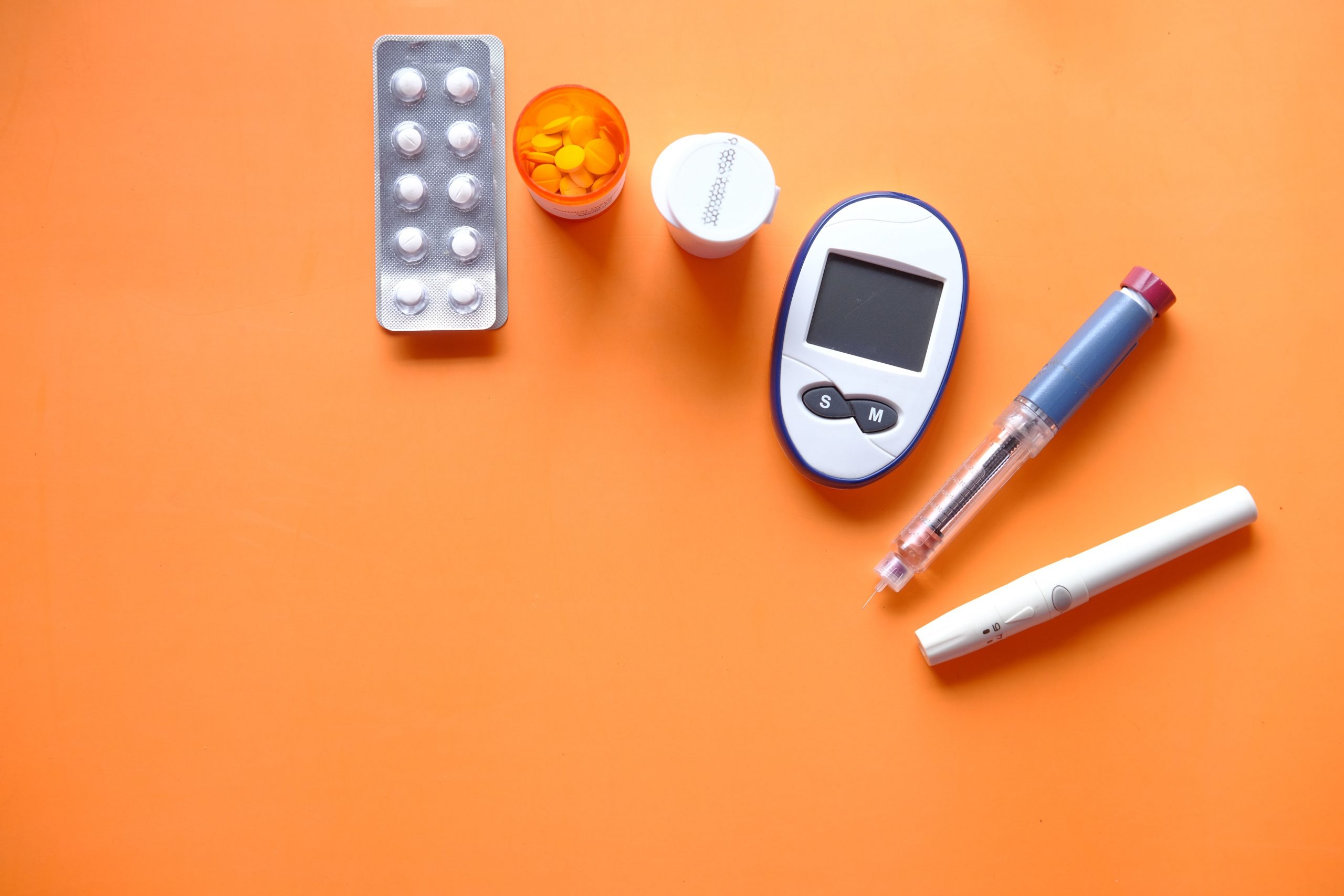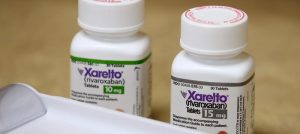Diabetes causes 1.5 million deaths every year and the number of cases have been on the rise over the past few decades, from 108 million in 1980 to 422 million in 2014, according to World Health Organization. Low- and middle-income countries have been more affected than high-income countries. As per latest data from International Diabetes Federation (IDF) Diabetes Atlas, diabetes accounted for 6.7 million deaths in 2021, with 537 million adults aged 20 to 79 years currently living with the condition worldwide. Alarmingly, the number of diabetic patients is expected to rise to 643 million by 2030 and 784 million by 2045.
Six early symptoms of type 2 diabetes that you should know
World Diabetes Day
The United Nations (UN) designated November 14 as World Diabetes Day in 2006 with the passage of Resolution 61/225. World Diabetes Day is observed on the birth anniversary of Sir Frederick Banting, who co-discovered insulin along with Charles Best in 1922. The theme for World Diabetes Day 2021-23 is access to diabetes care.
World Vegan Day: History, significance and all you need to know
What is insulin?
Insulin, a hormone made in the pancreas, allows the body to use glucose, a type of sugar found in many carbohydrates, for energy. Insulin also regulates glucose levels in the bloodstream. People with type 1 diabetes cannot make insulin properly because of damage caused to the insulin-producing cells in the pancreas due to the autoimmune disease.
In type 2 diabetes, the body becomes resistant to the effects of insulin, leading to overproduction of insulin to keep the blood glucose levels balanced. However, this eventually causes the insulin-producing cells to burn out. Type 2 diabetics are at increased risk of heart disease, vision loss, kidney disease, and other serious health issues. More than 95% of people with diabetes have type 2 diabetes.
Exercise reduces alcohol cravings in young students: Study
The discovery of insulin
Diabetic patients had to rely on a low-calorie, no-carbohydrate diet to control the condition, at the cost of decreased levels of strength and energy or even starvation, until a team of Canadian researchers – Frederick Banting, Charles Herbert Best, John J.R. Macleod, and James Bertram Collip – discovered insulin and its therapeutic use in 1921-22.
Second generation COVID jabs may have advantage over current crop: WHO
Through research facilitated by Macleod on the University of Toronto campus, Banting, Best, and Collip succeeded in isolating and purifying the pancreatic extract of insulin that was tested in dogs before trial and usage in human patients. In 1922, the team successfully injected Leonard Thompson, a 14- year-old boy who had been critical due to diabetes, with insulin at the Toronto General Hospital. Banting, Best and Collip sold the patent for insulin to the University of Toronto for $1 each. Banting and Macleod were jointly awarded the Nobel Prize in Medicine for the discovery of insulin in 1923.







